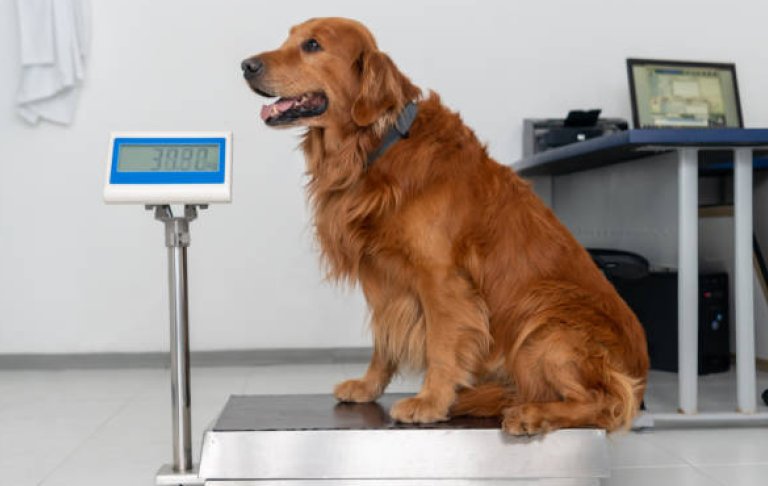Dogs have been more than just companions for centuries—they’ve been partners in work, too. From herding sheep on farmlands to sniffing out danger in busy airports, working dogs play vital roles in our daily lives. These incredible animals use their intelligence, instincts, and energy to help humans in ways that go far beyond fetch or sit.
When you think of working dogs, you might picture police K9s or guide dogs. But the world of working dogs is much broader. There are dogs trained for search and rescue, medical alerts, military service, herding, protection, and even therapy. Each type has its own set of responsibilities, requiring unique skills and specific training.
What makes working dogs stand out is their natural ability to learn and focus. But even the most talented dogs need structured training to succeed. That training often starts early and continues throughout their working life. Trainers use positive reinforcement to help dogs master commands, respond to complex situations, and stay calm under pressure.
As you learn more about the different types of working dogs, you’ll see just how valuable and versatile they are. Whether it’s helping someone cross the street safely or finding a lost hiker in the woods, these dogs show up every day ready to work.
In this guide, you’ll explore the many roles working dogs take on, what their jobs involve, and how they’re trained to do them well. You’ll also get insight into what makes a good working dog and why their bond with humans is at the heart of everything they do.
What Are Working Dogs and What Do They Do?
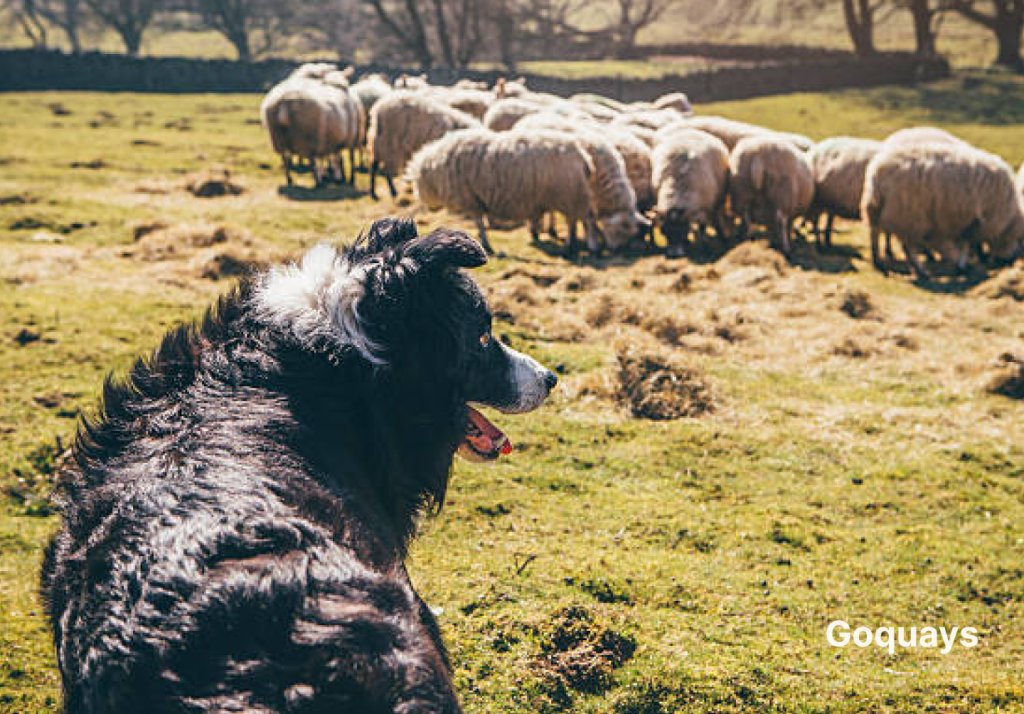
Working dogs are not your average lap warmers. These dogs have real jobs—ones that require brains, instincts, and a lot of discipline. They’ve been bred over generations for specific tasks like guarding, herding, searching, and guiding. But unlike a typical pet, a working dog thrives when it has a purpose.
Think of a sheepdog rounding up livestock, a guide dog helping someone navigate the world, or a sniffer dog uncovering hidden substances at the airport. These dogs aren’t just playing fetch—they’re literally saving lives, assisting humans, and making daily tasks more manageable.
What sets working dogs apart is their drive. They don’t just follow commands—they want to. They live for challenges, structure, and a bit of praise (okay, and maybe a treat). You’ll find working dogs across fields like security, healthcare, rescue missions, farming, and even disaster response.
Every working dog’s role is different, but they all share one thing: they’re trained to help. Whether it’s with their nose, their strength, or their emotional support, they show up and get the job done.
How Do French Bulldogs Compare to Other Breeds?
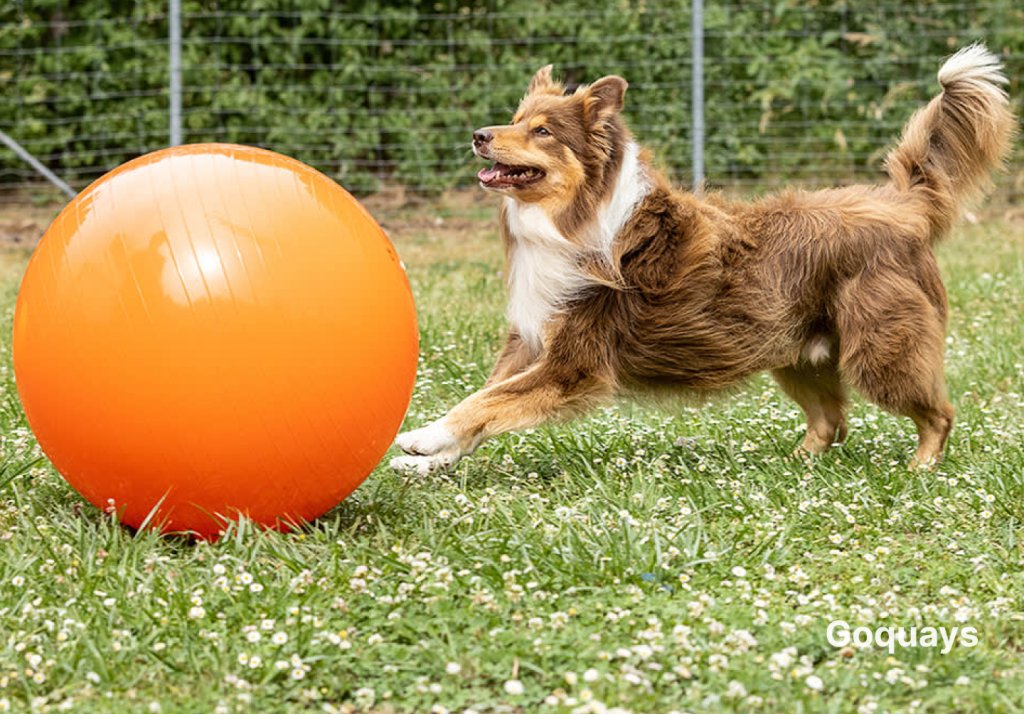
It’s a fair question—and one that sparks a lot of debate. Some people feel dogs should just be loved, spoiled, and left to relax. And yes, cuddles and comfort matter. But for working dogs, having a job is part of who they are. It’s not punishment—it’s fulfillment.
Working breeds like Border Collies, Belgian Malinois, or German Shepherds were made for movement and purpose. Keeping them idle or under-stimulated can lead to frustration or destructive behaviour. So when you give a working dog a task, you’re not being harsh—you’re helping it thrive.
Of course, working shouldn’t mean exhaustion or stress. Just like people, dogs need balance. A good working environment gives structure, rewards, rest, and bonding. Think of it like enrolling a clever child in the right school—they’re still loved, but they’re also being mentally and physically enriched.
So yes, dogs can work. But the key is knowing your dog’s breed, personality, and limits. When done right, work becomes joy—and your dog will thank you for it.
A Working Dog’s Job Description
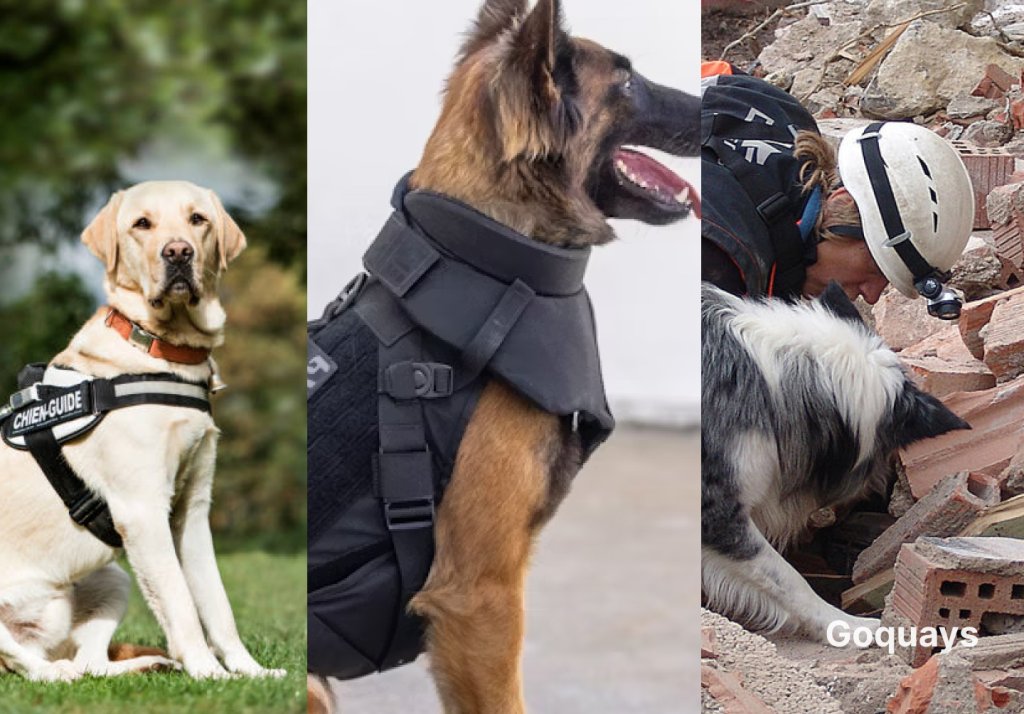
If you’ve ever seen a Labrador guiding a visually impaired person or a Belgian Malinois chasing down a suspect, you’ve seen a working dog in action. But their job description goes beyond just tasks—it’s a mix of skill, obedience, and partnership.
At the core, a working dog’s job is to support humans in ways that we can’t do alone. That could mean using their nose to detect drugs, explosives, or even medical issues like low blood sugar. It could also involve physical jobs like pulling sleds, guarding property, or rescuing people trapped under rubble.
Their day usually includes training, patrols, searches, or structured play that builds discipline. They respond to commands instantly and work in challenging environments—be it busy streets, noisy airports, or disaster zones. And they don’t just work for treats. They do it because they’ve been trained to take pride in what they do.
Most importantly, a working dog’s job also includes being dependable and calm under pressure. Whether they’re guiding a child with autism or supporting a soldier in the field, they must stay alert, loyal, and focused.
And when the job’s done? They still need play, love, and belly rubs. Because no matter how tough the job, they’re still dogs at heart.
The Different Types of Working Dogs and Their Roles
Working dogs aren’t just smart—they’re skilled, trained, and purpose-driven. Each type of working dog has a unique role, helping people in powerful ways. Here’s a look at the most common kinds of working dogs and what they’re trained to do.
- Service Dogs
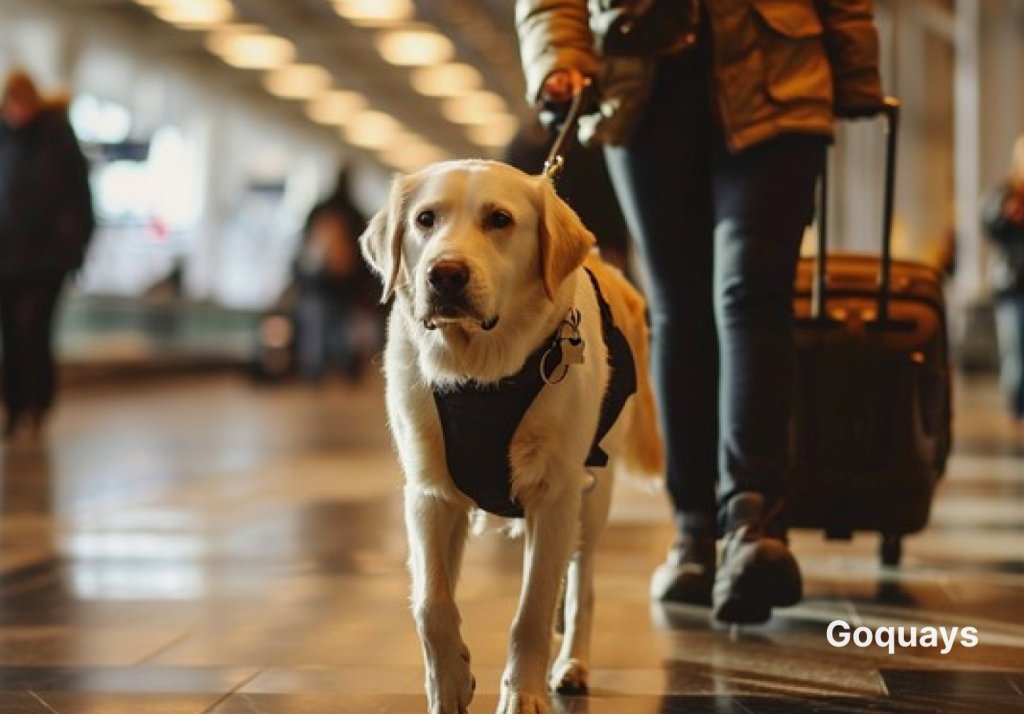
Service dogs are highly trained to assist people with disabilities. You’ll find them helping with mobility, guiding the visually impaired, or alerting to seizures. These dogs undergo intense, specific training to support one individual with daily tasks. They learn to stay focused, even in busy public spaces. Service dogs are legally allowed in most public places, unlike emotional support animals. Their training never really ends—it evolves as their human’s needs change.
- Therapy Dogs
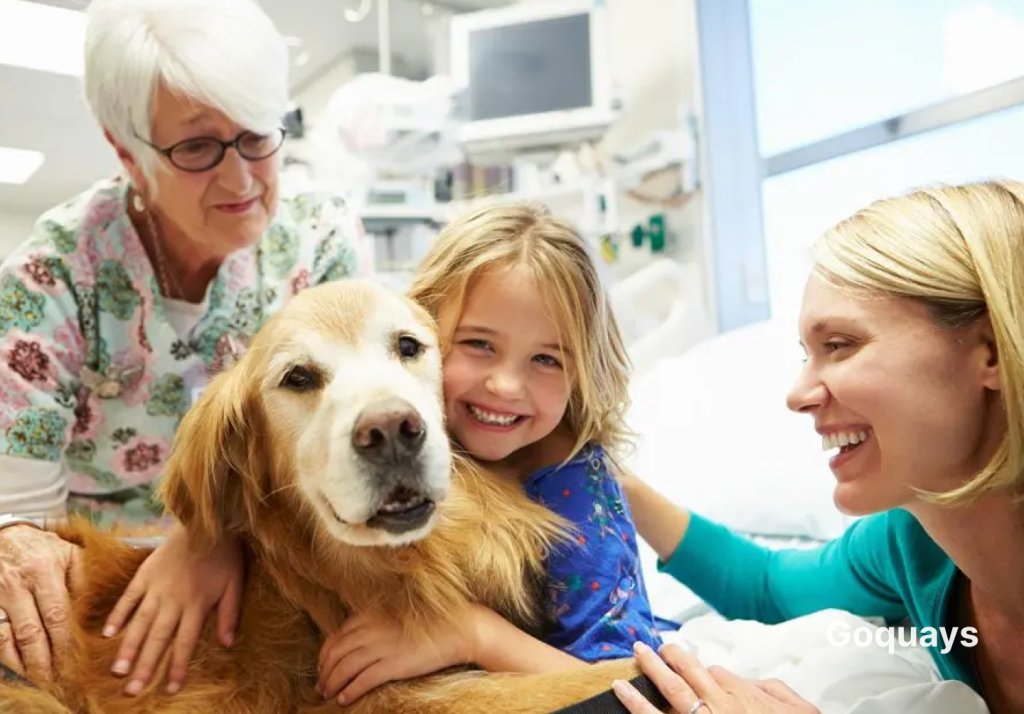
Therapy dogs are all about comfort. You’ll often see them in hospitals, schools, or nursing homes. They help ease stress, reduce anxiety, and bring smiles to faces. Unlike service dogs, therapy dogs don’t assist one person. They visit different groups to offer emotional support. Training focuses on calm behavior, obedience, and socialization. These dogs need to love people, remain calm around chaos, and respond gently in all situations.
- Emotional Support Dogs
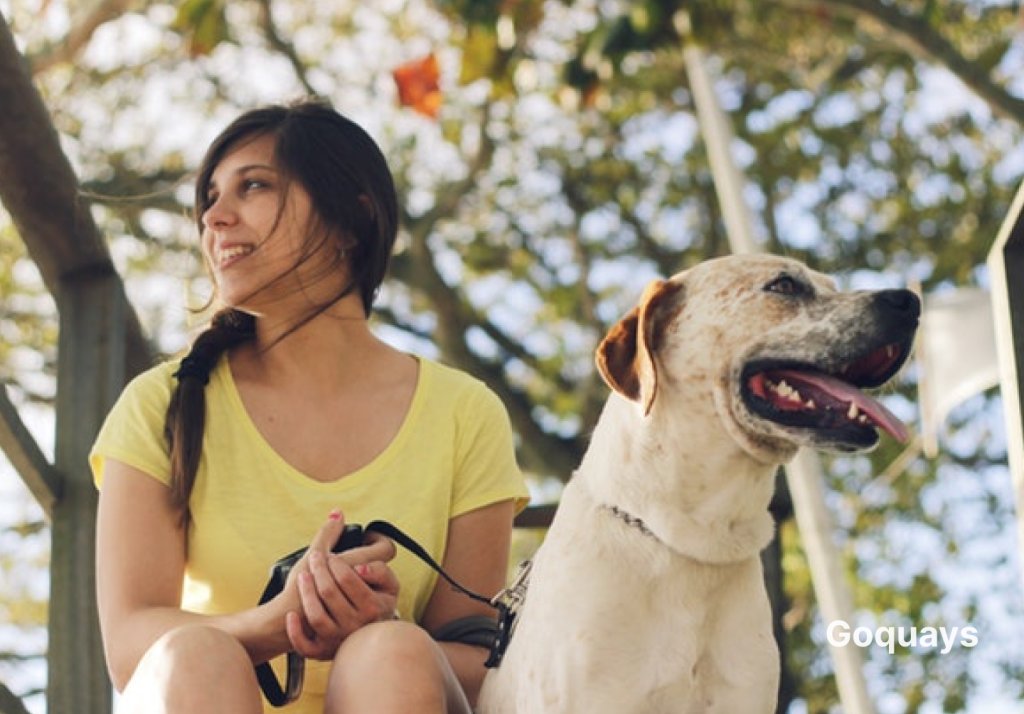
Emotional support dogs give comfort to people dealing with mental health challenges like anxiety, depression, or PTSD. They don’t need special task training, but they do need to be calm, well-behaved, and responsive to their owner’s emotional cues. Emotional support dogs aren’t allowed in all public places, but they can live in housing that normally doesn’t allow pets. Their main role is to provide steady companionship.
- Police Dogs
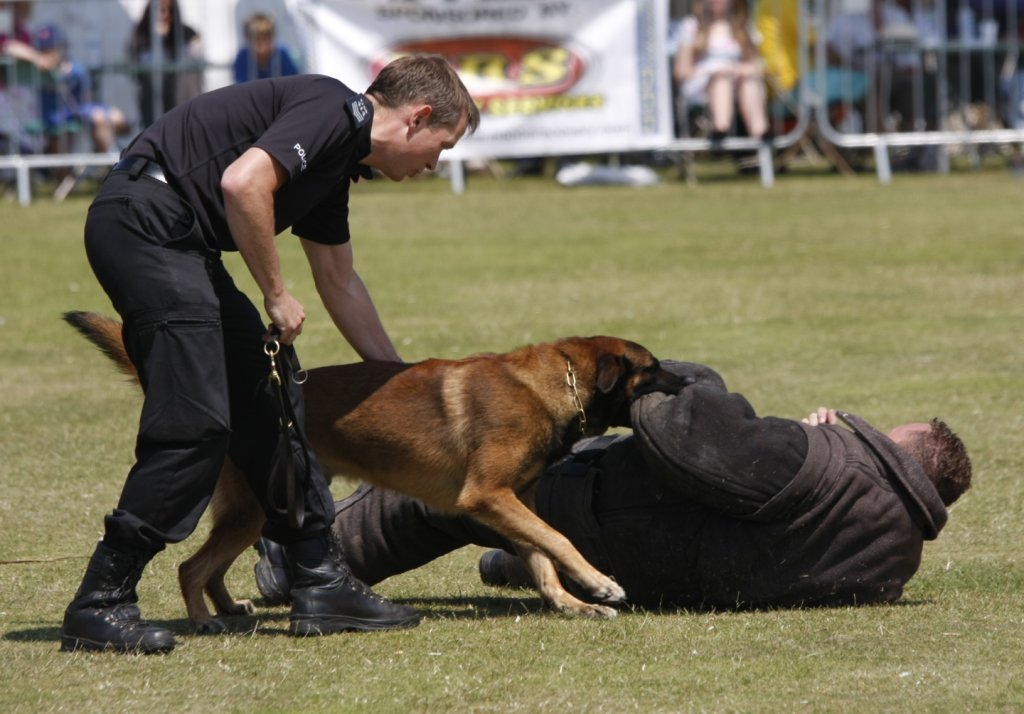
Police dogs, often called K9s, help law enforcement with serious tasks like searching for drugs, tracking suspects, or crowd control. These dogs must be strong, obedient, and fearless. Training includes obedience, scent detection, and bite work. Handlers and dogs build strong bonds through daily practice and real-life missions. Breeds like German Shepherds and Belgian Malinois dominate this field due to their agility and sharp minds.
- Military Working Dogs
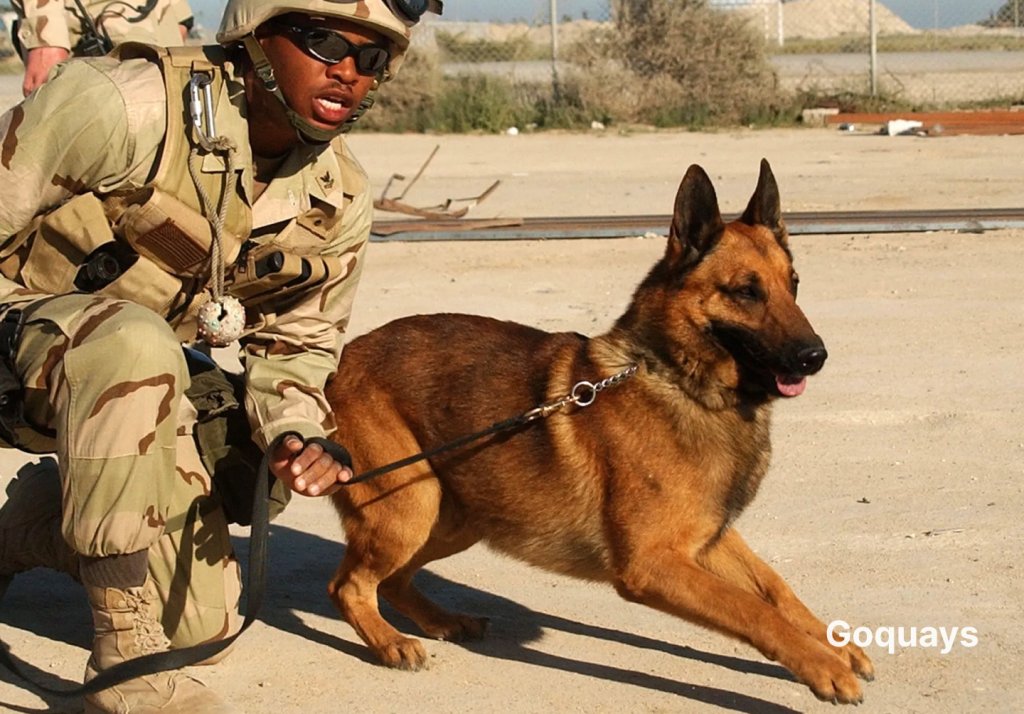
Military working dogs operate in high-stress, dangerous environments. They’re trained to detect explosives, track enemies, and protect their handlers. These dogs are disciplined, brave, and loyal under pressure. Training involves real combat simulations and complex commands. Like soldiers, these dogs have ranks and are treated with great respect. After service, many are adopted by their handlers and enjoy peaceful retirements.
- Detection Dogs
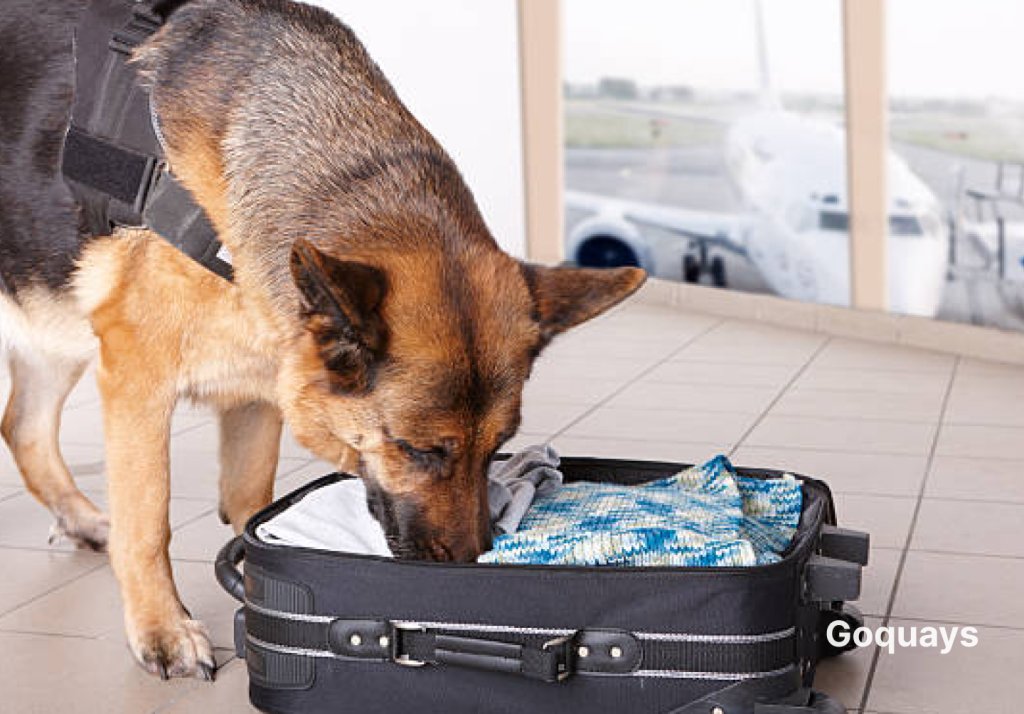
Detection dogs use their powerful noses to sniff out specific scents. Some detect drugs, explosives, or weapons. Others are trained to find mold, bed bugs, or even certain types of cancer. These dogs go through scent-focused training, where they learn to recognize and alert to specific smells. You’ll find them working at airports, in schools, or alongside scientists. Their accuracy is impressive and often lifesaving.
- Search-and-Rescue Dogs
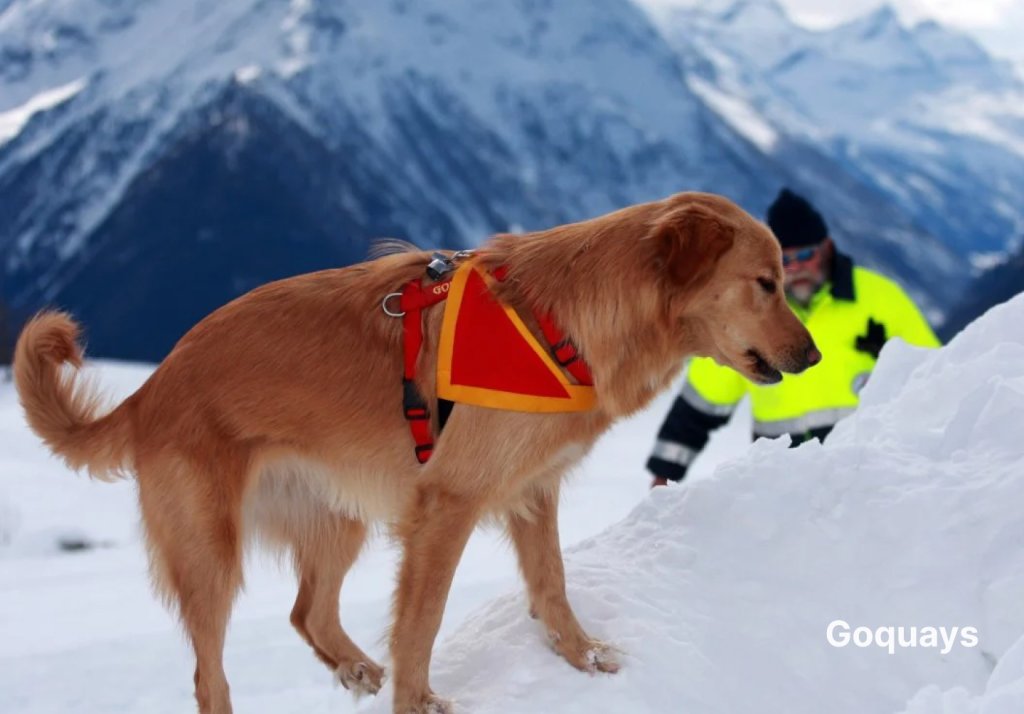
Search-and-rescue dogs help find missing people during natural disasters, avalanches, or after accidents. They use their noses and agility to work in tough conditions. These dogs are trained to track scents over long distances and alert handlers when someone is found. They must be calm under pressure and responsive to voice commands in chaotic environments. Their work often brings hope to families during tragic times.
- Guard Dogs

Guard dogs are trained to protect people or property. They’re alert, territorial, and quick to respond to perceived threats. You’ll find them on private property, in warehouses, or working alongside security staff. Training includes obedience, controlled aggression, and identifying real threats. These dogs aren’t typically social—they’re trained to deter strangers and keep boundaries secure. Their presence alone often prevents trouble.
- Herding Dogs
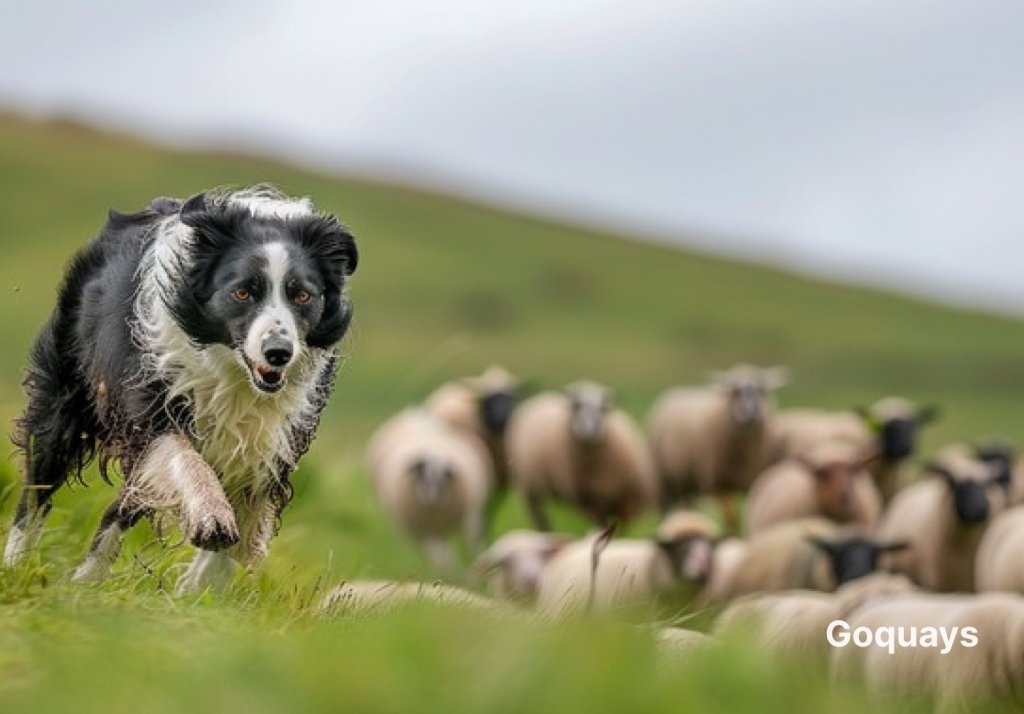
Herding dogs are natural workers. They help farmers manage sheep, cattle, and other livestock. These dogs use instinct and training to guide animals with precision. Breeds like Border Collies are known for their focus and energy. Training includes voice and whistle commands and learning to respond to subtle signals. These dogs love having a job and thrive in open spaces where they can run and work.
- Livestock Protection Dogs
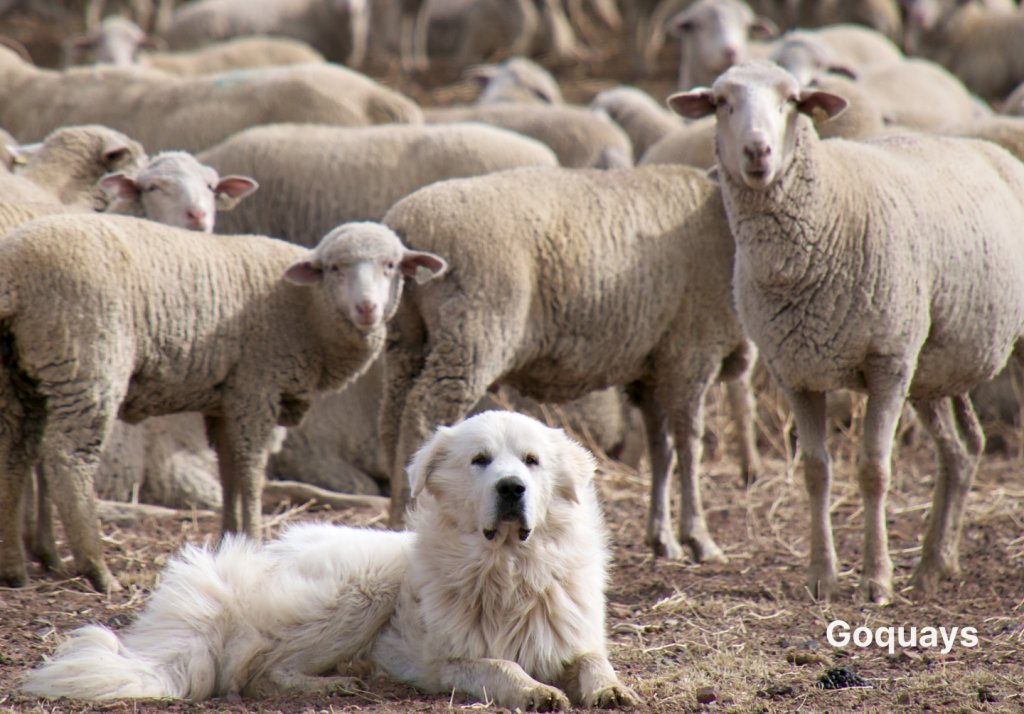
Livestock protection dogs guard herds from predators like wolves or coyotes. Unlike herding dogs, they don’t move animals—they protect them. These dogs live with the herd, often raised alongside the animals they defend. Breeds like the Great Pyrenees are known for this role. They’re independent, loyal, and protective. Training happens early and is focused on bonding with livestock and recognizing threats.
- Hunting Dogs
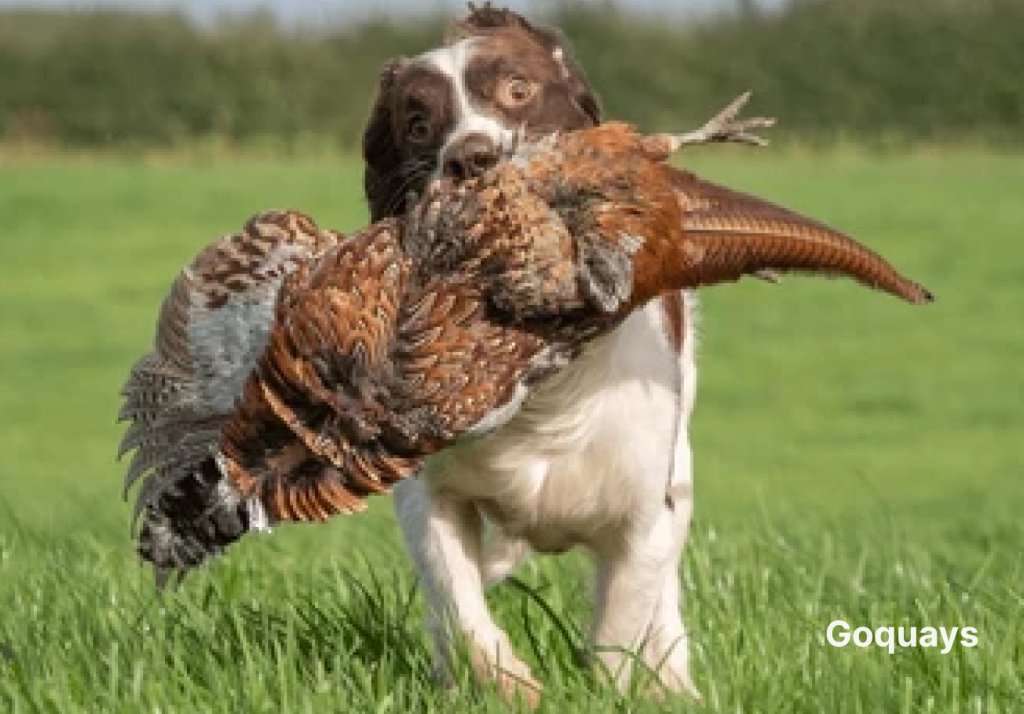
Hunting dogs assist hunters by retrieving game, tracking animals, or flushing them out. Different breeds specialize in different tasks. Retrievers bring back game, pointers locate it, and spaniels flush it out from hiding. Training focuses on obedience, scent tracking, and working closely with the hunter. These dogs need stamina and sharp instincts. They’re also great companions for outdoor adventures.
Sizes and Coat Types in Working Breeds
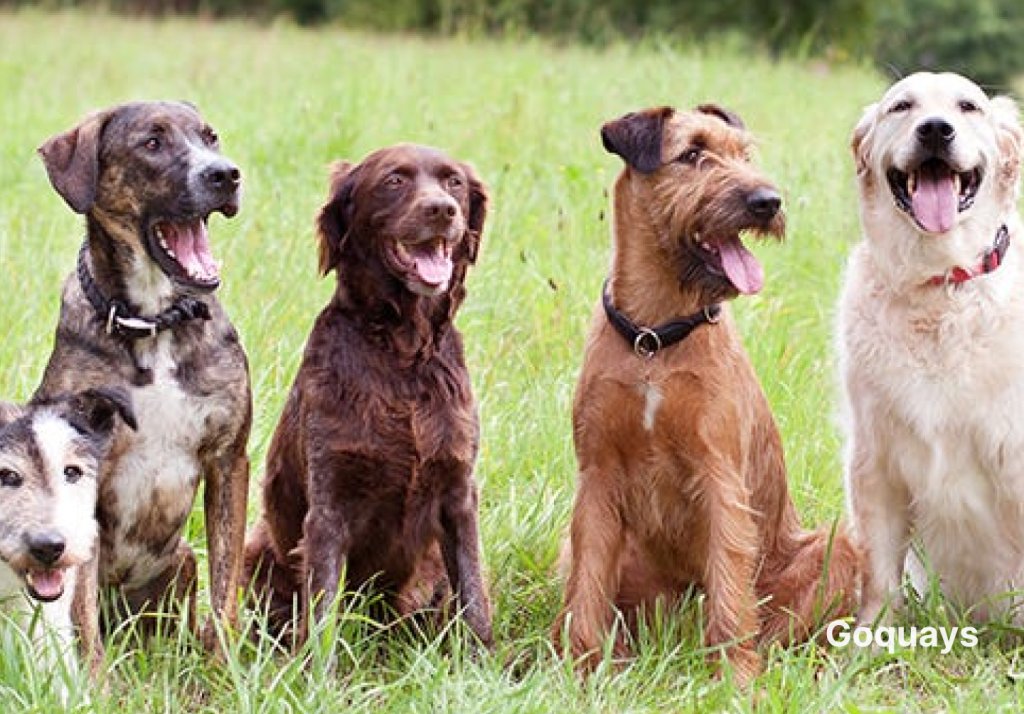
Working dogs come in all sizes, but most fall into the medium to large range. Their size often matches the job they were bred to do. For example, a large Rottweiler can act as a strong deterrent for intruders, while a medium-sized Border Collie is agile enough to herd sheep across hillsides.
Their coats vary too. You’ll find thick, weather-resistant coats on dogs like the Bernese Mountain Dog or the Siberian Husky—perfect for harsh climates. On the flip side, dogs like Dobermans have sleek coats for mobility and speed. Coat type often reflects their working conditions. Double-coated breeds are better suited for outdoor roles, while shorter coats may indicate a need for agility and endurance.
Size and coat aren’t just cosmetic—they help you understand how that dog will behave, where it thrives, and what care it needs.
Natural Instincts and Drive of Working Dogs
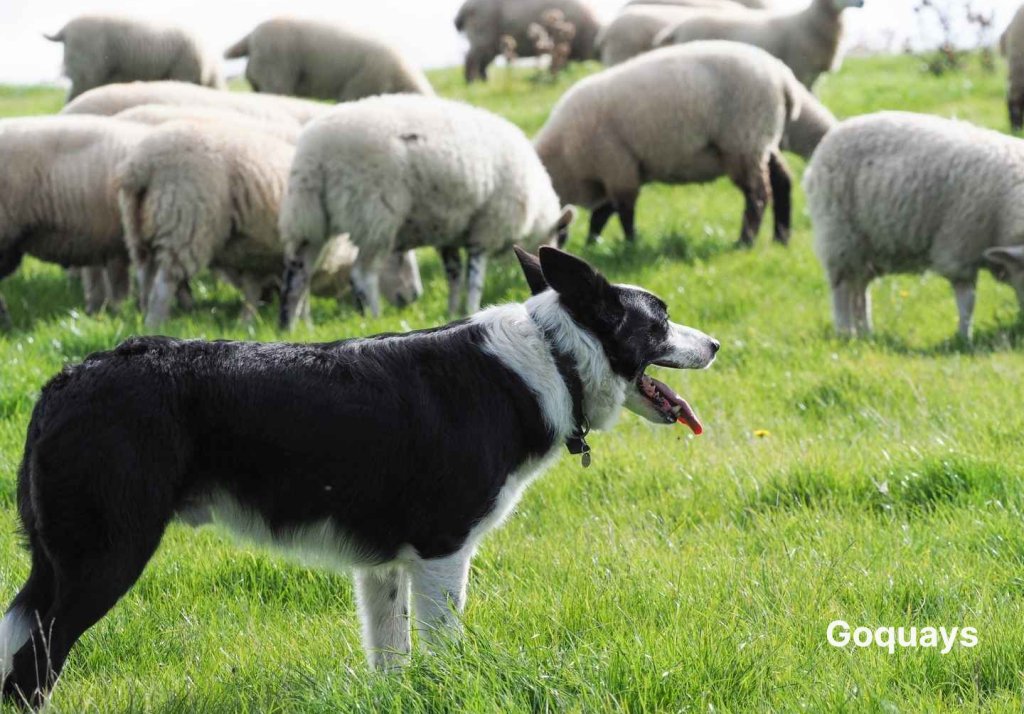
Working dogs have strong instincts. They were bred to chase, guard, search, or retrieve, and they love having something to do. That inner drive means they don’t just sit around waiting for direction—they go looking for it. A herding dog might try to herd your kids or other pets. A guard dog may always position itself between you and the door.
If you’re not giving these dogs work, they’ll find their own. That’s why it’s crucial to give them structured tasks or routines. It could be training, play, or learning new tricks. That’s how you harness their natural drive in a positive way.
Behaviour and Personality Traits of Working Dogs
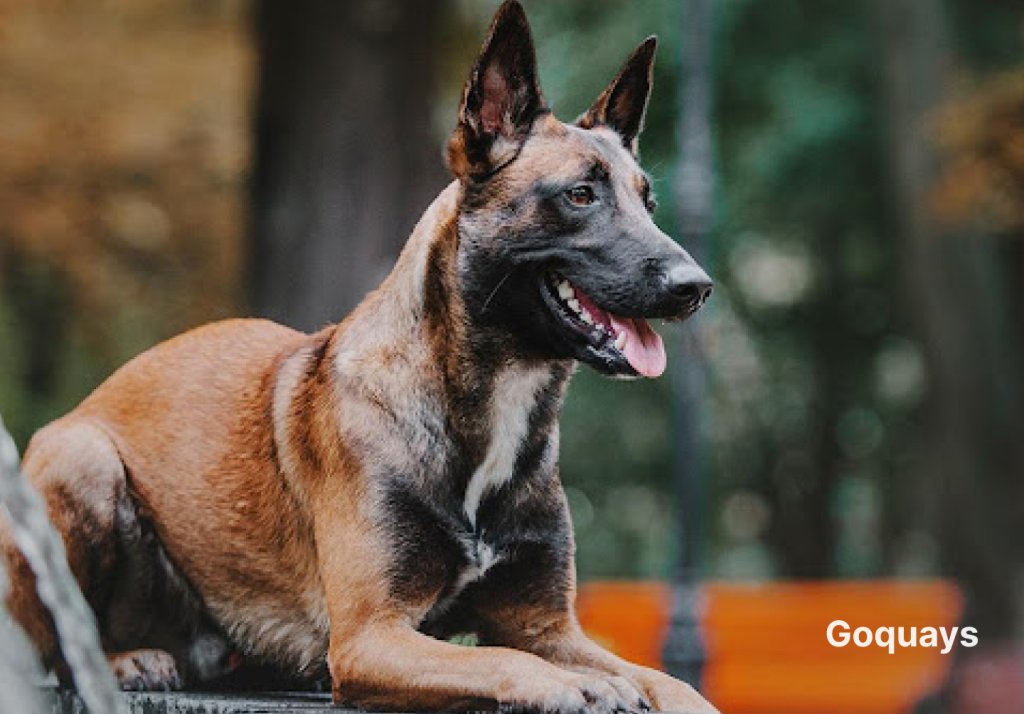
- Strong and Determined: One thing you’ll notice right away—working dogs don’t quit easily. Whether it’s pulling a sled or guarding livestock, they’re determined to finish the job. That strong will can be a blessing or a challenge. If you’re not clear and consistent with training, they’ll make their own rules.
You’ll need to match their determination with firm but fair guidance. These dogs respect leadership, and once you earn their trust, they’ll work hard for you.
- Active and Energetic: Working dogs are built for action. Long walks, intense play, and daily training are non-negotiable. These dogs can’t just run around the yard once a day and be satisfied. They need both mental and physical challenges to burn off their energy. If you’re active, they’ll keep up with you. If you’re not, they’ll remind you it’s time to move.
- Confident and Independent: Many working dogs were bred to make decisions on their own, especially in unpredictable environments. That independence can sometimes look like stubbornness. But it’s really just confidence.
This means your dog might not wait for permission before acting. They might chase, investigate, or guard before you even say a word. It’s important to guide that independence with regular training and boundaries, so they learn when to lead and when to follow.
- Intelligent and Focused: Working dogs are smart—sometimes too smart for their own good. They pick up on commands quickly and often anticipate what you’ll ask next. That intelligence comes with laser focus, especially when they’re given a task.
Training sessions can be incredibly productive with these dogs, but only if they’re mentally challenged. Repetition gets boring fast, so mix things up. Teach new skills, create problem-solving games, or use puzzle feeders. The more their brain works, the happier they are.
Responsibilities of Owning a Working Dog
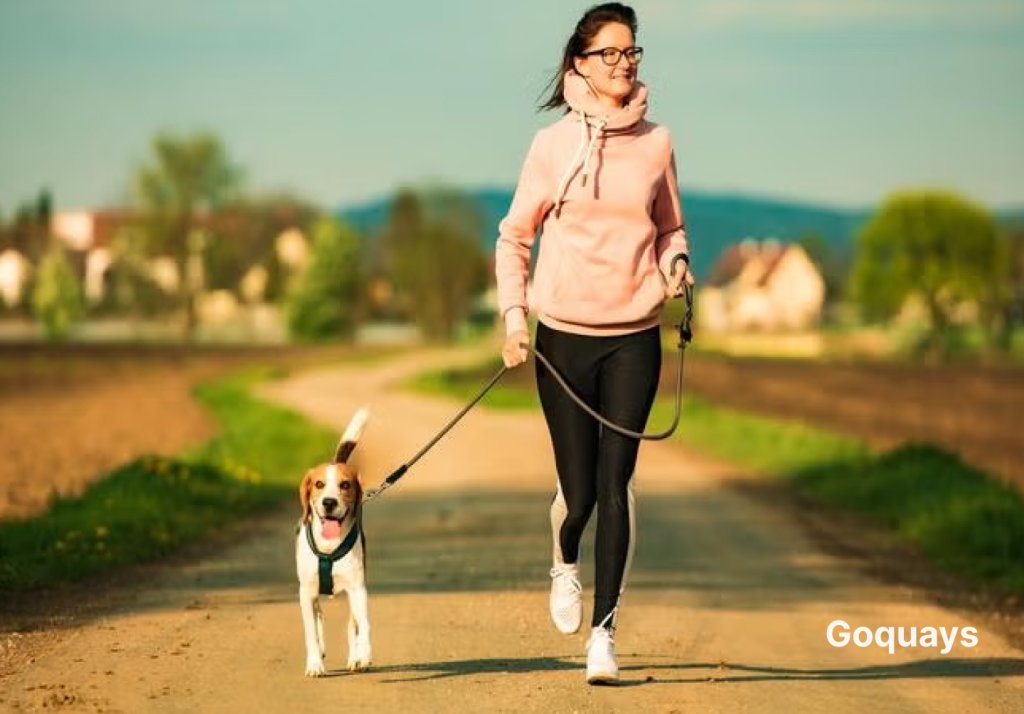
- Exercise Requirements: Working dogs thrive on movement. Most need one to two hours of physical exercise daily. Activities like running, fetch, or agility training help burn energy and prevent bad behavior. Without it, they’ll find their own way to stay busy—and that often leads to trouble.
- Mental Stimulation and Games: Mental stimulation is just as important as physical exercise. Working dogs get bored easily. Use puzzle toys, scent games, or training to keep their minds sharp. Even changing the route of your daily walk can offer a new challenge.
- Grooming and Coat Care: Grooming depends on the breed, but it’s never optional. Some working dogs have thick coats that shed heavily and need regular brushing. Others have short fur but still need routine cleaning and nail trims. Be prepared for seasonal shedding too.
- Sociability and Household Compatibility: Not all working dogs are naturally social. Some are friendly, while others are cautious. It’s important to slowly socialize them with people and pets. Create positive experiences so they feel secure and relaxed.
- Dealing with Noise Sensitivity or Vocal Breeds: Barking and noise sensitivity are common in certain breeds. Herding and guardian dogs tend to be vocal. Others may be startled by loud sounds. Training and patience can help manage these issues, but it may take time.
- Affection and Emotional Bonding: These dogs also crave affection. They bond deeply and need daily attention from their people. Whether it’s playtime or just sitting nearby, regular interaction strengthens trust.
7. Time Commitment and Daily Structure: Lastly, owning a working dog requires serious time and structure. Set daily routines for feeding, exercise, and rest. Consistency helps them feel safe and behave better. If you’re ready for the responsibility, the bond you’ll build is powerful and lifelong.
Is a Working Dog Right for You?
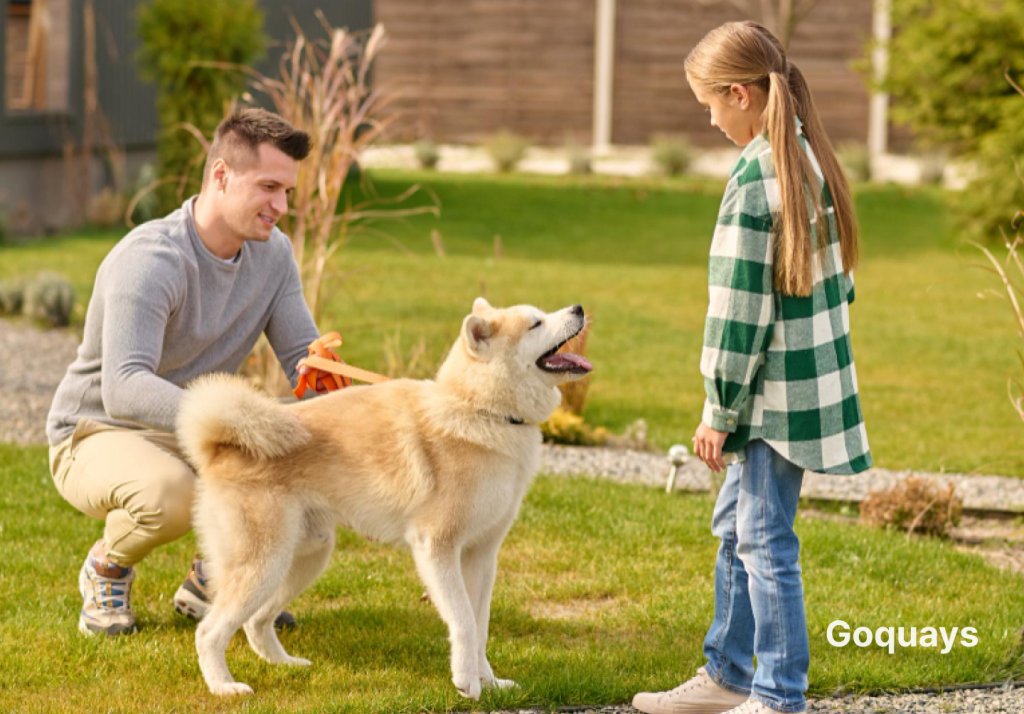
Working dogs are incredible companions, but they’re not the right fit for everyone. Before you bring one home, take a moment to think about your lifestyle and daily habits.
First, consider your activity level. Are you someone who enjoys being outdoors, going for walks, or staying on the move? Or do you prefer quiet, low-energy days? Most working dogs need a physically active owner. They thrive with regular exercise and mental stimulation. If you have a sedentary lifestyle, a working breed might become frustrated or restless.
Next, think about your living space. Do you have a big yard, or are you living in an apartment? While some working dogs can adapt to smaller homes, they still need plenty of outdoor time. Without room to move and explore, they may become anxious or destructive.
Experience also matters. Are you a first-time dog owner? Some working breeds are independent, strong-willed, or high-energy, which can be overwhelming without prior experience. If you’re new to dogs, you may want to start with a more easygoing breed.
Don’t forget to consider your household. Do you have young children or other pets? Some working dogs are great with families, while others may be too rough or too protective. It depends on the breed, training, and early socialization.
Finally, ask yourself why you want a working dog. Do you need a partner for hikes, a running buddy, or a dog with a job to do? Or are you mainly looking for a cuddly companion? Working dogs want a purpose. If you can give them tasks, structure, and attention, they’ll thrive. But if you just want a laid-back friend, you might be happier with a different type of dog.
Training a Working Dog
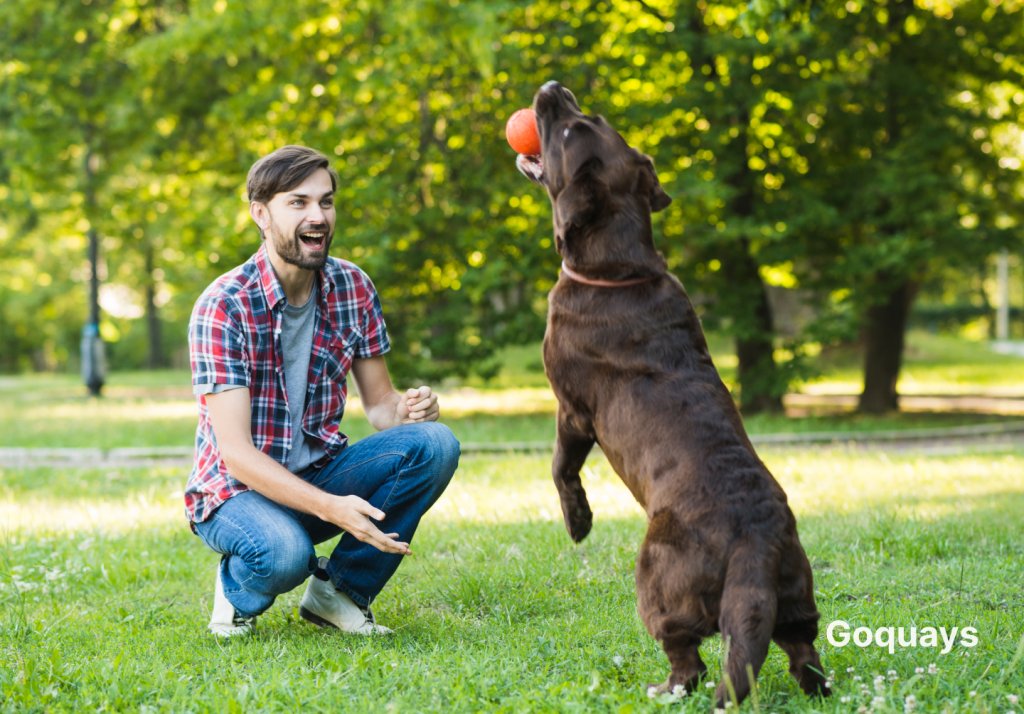
Training a working dog takes more than basic obedience. These breeds are sharp, driven, and eager to learn—but only when training matches their style and purpose.
First off, use positive reinforcement. Working dogs respond well to clear rewards like treats, praise, and toys. Harsh corrections can backfire, especially with confident or sensitive breeds. Keep sessions short and fun. Repetition and patience go a long way.
Socialisation is also essential. Start from puppyhood if possible. Introduce your dog to different people, sounds, surfaces, and animals. A well-socialised working dog is less likely to react out of fear or confusion in new situations.
Training also depends on the dog’s future role. A support dog will need calm behaviour, focus, and deep bonding with one person. A detection dog needs scent training, alert responses, and a high drive to work for rewards. Each job requires a different skillset, so tailor training to the purpose. Don’t rush it—slow, steady progress is better than shortcuts.
Some working dogs can be stubborn or overexcited. That doesn’t mean they’re bad—it means they’re wired to stay alert and active. Use that energy in your training. Give them mental puzzles, scent games, or tasks that keep their brains and bodies busy. A bored working dog often becomes a destructive one.
If you find yourself stuck, don’t be afraid to get help. A professional trainer—especially one with experience in working breeds—can make a big difference. They can offer tailored strategies and help correct unwanted behaviours early on.
Training a working dog is a long-term project. But when done right, it creates an incredible partnership built on trust, respect, and mutual understanding.
Living With a Working Dog
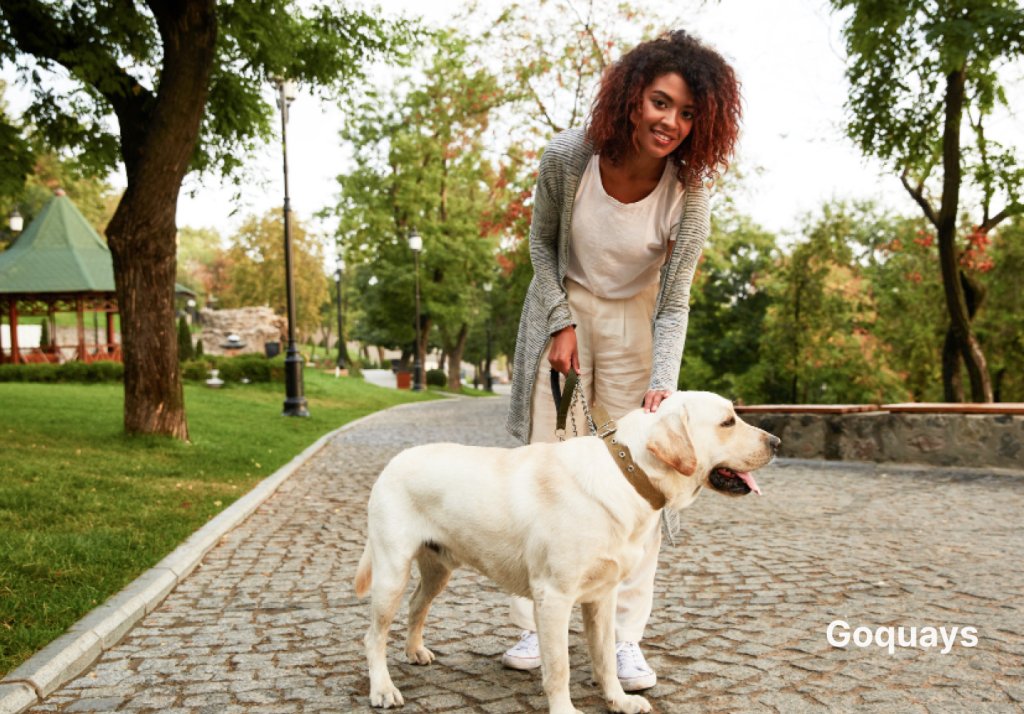
Bringing a working dog into your life means more than just training—it’s a full-time lifestyle. These dogs thrive when they have structure, purpose, and connection. To build a happy and lasting bond, you’ll need to show up for them every single day.
Start with the working dog owner checklist. Can you provide daily exercise, mental challenges, consistent training, and emotional bonding? Do you have enough time and energy to meet their needs? If yes, you’re on the right track.
Trust is the foundation of any strong bond. Communicate clearly and consistently. Use your tone, body language, and rewards to guide your dog. Avoid sending mixed signals—they notice everything. Trust takes time, but it pays off in deeper connection and better behaviour.
Mental fulfilment matters as much as physical activity. Use puzzle toys, hide-and-seek games, and scent challenges to keep their brain engaged. Rotate toys and activities often so things don’t get stale. A tired brain is just as satisfying as a tired body.
Make space for play, even if your dog works or trains daily. Tug-of-war, fetch, or free runs at the park help blow off steam. Balancing work and play prevents burnout and deepens your bond. These moments of joy help your dog feel like a true family member, not just a worker.
As your dog ages, their needs will change. Adapt training to match their physical ability and mental sharpness. An older dog may not need as much intense exercise but will still love to be useful. Teach new low-impact tasks or enjoy gentle walks and bonding time.
Living with a working dog is a journey. With consistency, care, and respect, you’ll gain a loyal partner who gives their all—for life.
Tools and Tech for Working Dogs
The right tools can make life easier for you and better for your dog. Whether you’re raising a detection dog or just managing an energetic herder, using modern gear helps support their needs and keeps them safe.
A GPS tracker is one of the smartest investments for any working dog. These dogs are often highly driven and may follow a scent or instinct without hesitation. A GPS tracker helps you monitor their location in real-time, reducing the risk of them getting lost. It’s peace of mind—especially if your dog works off-lead or in large open spaces.
The Tractive GPS Tracker stands out for a few good reasons. It offers real-time tracking with unlimited range, which is perfect for adventurous working breeds. It’s lightweight, waterproof, and even tracks activity levels—so you can make sure your dog is getting enough exercise. The app is user-friendly and lets you set up virtual fences to alert you if your dog leaves a safe zone.
When it comes to physical control, a solid harness and lead are essential. Look for harnesses designed for active or working dogs—padded for comfort, adjustable for fit, and built for durability. Front-clip harnesses can help reduce pulling, while strong double-handled leads give you more control during training or high-stress situations.
Don’t forget about mental stimulation. Working dogs love a challenge, and interactive toys or puzzle feeders are great tools. These keep your dog mentally engaged while encouraging problem-solving and patience. Use puzzle toys during quiet time or feed meals through a slow-feeder bowl to stretch out the experience and reduce gulping.
Tech and tools won’t replace training and time together—but they definitely make the journey smoother, safer, and more enjoyable for both of you.
Final Thoughts
Working dogs aren’t just pets—they’re born with a purpose. From herding sheep to detecting danger, these dogs have a proud history of helping people. Respecting that heritage means understanding what drives them. It means appreciating their instincts and giving them space to be who they were bred to be.
When you understand a working dog’s background, everything makes more sense. That constant energy? It’s not misbehaviour—it’s a need to stay busy. The deep focus or independence? It’s part of their job-ready mindset. When you honour these traits, you create a stronger bond and a happier home.
Whether your dog has a full-time job or is simply a loyal companion, they’ll thrive when their natural talents are engaged. Keep them active. Challenge their minds. Show them love and structure. With the right balance of routine, stimulation, and affection, your working dog can be both a task-driven partner and a deeply loved member of your family.
In the end, it’s not about making your dog fit into your lifestyle—it’s about meeting in the middle. When you work with their instincts instead of against them, you’ll unlock the best version of your dog. And that’s where real companionship begins.

